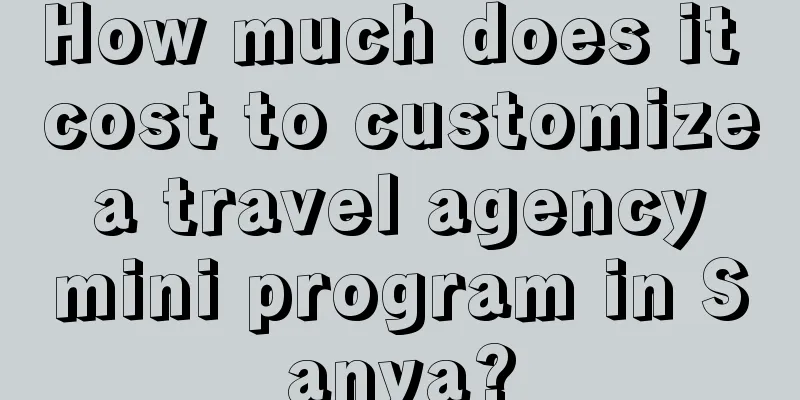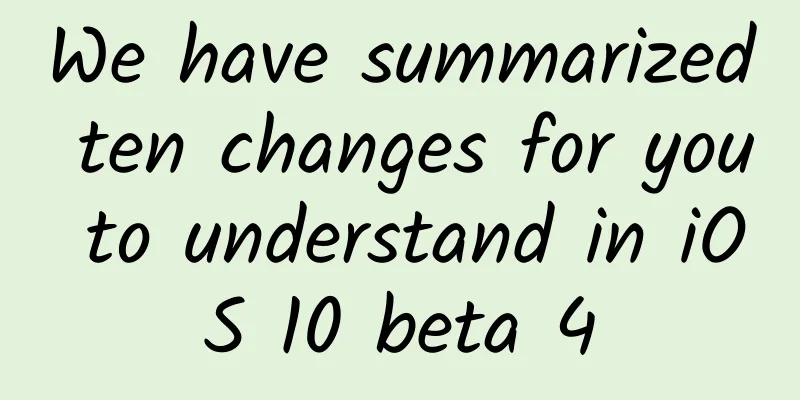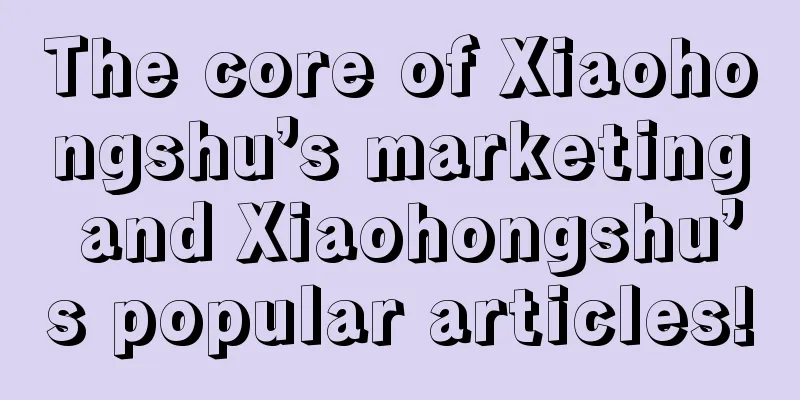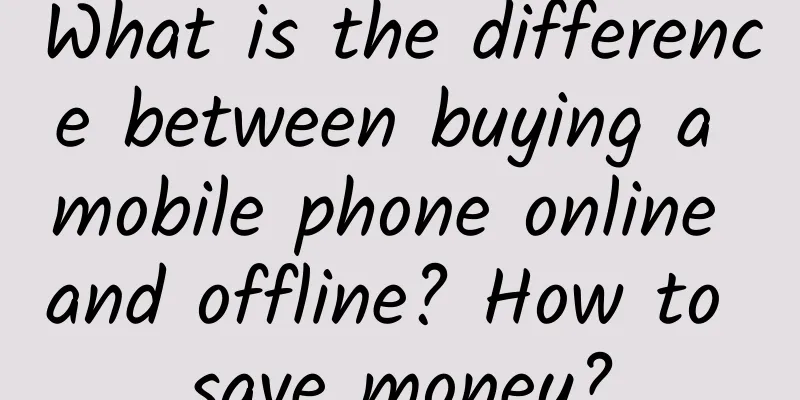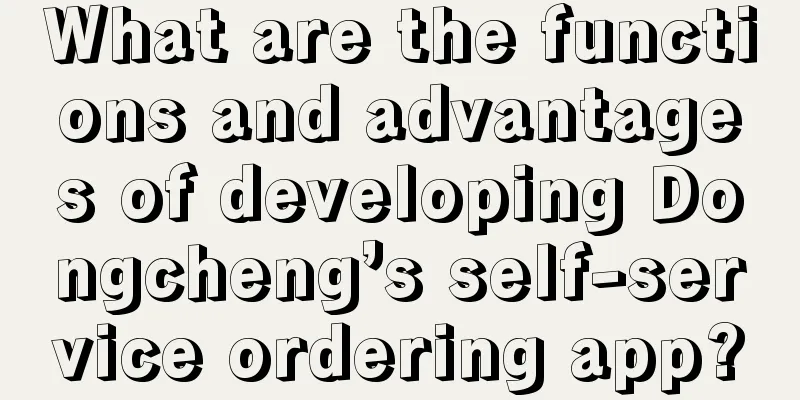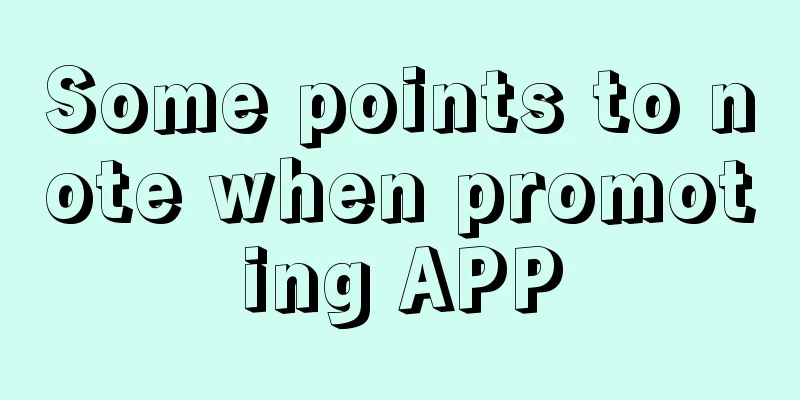The rise of mobile payment apps in Europe and the United States: When “alternative payments” are no longer alternative
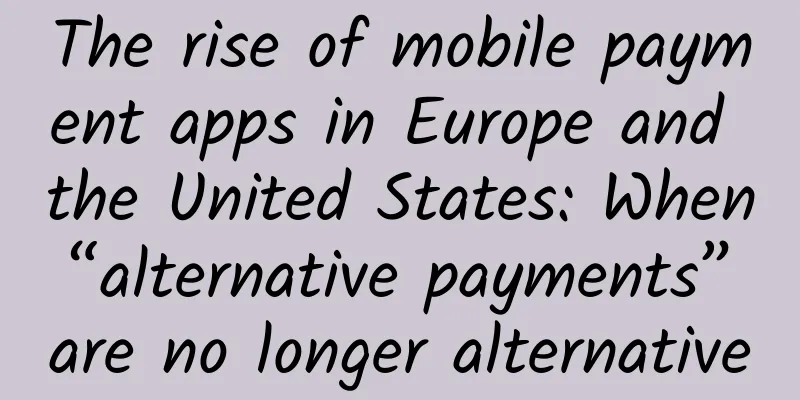
|
Speaking of "alternative payments", before 2019, PayPal was probably the first real "alternative payment" option. “Alternative” here means that you can pay using other methods besides the major payment schemes (such as Visa and MasterCard) or the dominant domestic credit card options.
How to create a payment method that can be accepted by individuals and businesses? This is a major challenge - a classic chicken and egg strategy problem. Unless the new payment method is already an option and widely accepted for relevant use cases, people are generally not interested in it. The same is true from a merchant perspective, unless the payment solution solves a real problem and there are many customers willing to pay in a new way, merchants are not interested. The emergence of PayPal has undoubtedly made it easier to pay and accept payments online. Users will choose a username and password to log in, rather than bank card details. Merchants will also get a simple online payment acceptance tool, and both parties will get the money within a few minutes, which is quick and clear. Years later, PayPal has become a massive “alternative payments” provider, aggressively expanding its business through new products, new features, and geographic expansion. However, due to the late development of the entire payment market, judging from the total market share around the world, the term "alternative payment" needs to be changed - they are no longer alternatives, but more often people's first choice. The act of payment is escaping from the limitations of single hardware and bank cards. It began to move to mobile phones in the form of applications, allowing businesses using digital payments to accept sales anywhere. APPs connect buyers and sellers with high flexibility and speed, whether it is a one-time payment in a supermarket, bus, takeaway or game, all can be driven by payment applications to complete instant transactions. Bank cards and POS machines are no longer a necessity, apps are taking over the world of payments and commerce. The speed at which these apps are growing and the percentage of usage across the population make it clear that they are the fastest growing financial services products in the world. They are likely to surpass the card networks in terms of active users and user engagement within a few years. At present, we can already see some mobile payment apps in various countries, all of which provide payment services for consumers or businesses (or both) based on applications:
With the implementation of PSD2 regulations, these mobile payment apps can directly connect to people's bank accounts for free, and it is clear that they are likely to become the main interface for people to use for payment and fund management in the future. In addition, mobile payment apps often provide payment services for businesses and connect users and businesses in different ways. The simple payment behavior has become a possibility for buyers and sellers to have more exchanges. Payment apps solve the problems of cash being too cumbersome, bank cards being inconvenient or too expensive. Getting an app is much quicker than getting a bank card or POS machine, and anyone can download and use it, so it’s no wonder they are growing rapidly and threatening the bank card business. They also connect consumers and businesses in a way that cash and bank cards clearly cannot. Looking back at the end of 2019, PayPal acquired Honey for US$4 billion; Paytm completed a US$1 billion Series G financing; and OPay also raised US$120 million in its Series B financing. There is no doubt that as mobile payment apps become the preferred payment method, 2020 will be a year in which investment and acquisitions in the payment field will continue to accelerate. Will they become more speculative and aggressive, or will they develop more conservatively? In the tide of the times, bank card companies, technology giants, and software companies must start thinking about their own path. This article is reproduced from Leiphone.com. If you need to reprint it, please go to Leiphone.com official website to apply for authorization. |
<<: A 56% plunge in China's mobile phone market in February
>>: Finally, we've got you! WeChat for Android will be updated with dark mode
Recommend
How can a newbie on Douyin become a big V? Remember these 7 creative methods
When working in new media , choose a popular plat...
New WeChat experience: new voice gameplay is launched
WeChat, which used to be updated frequently, has ...
Analysis of the marketing strategy of the wedding photography industry
Target: A national wedding photography chain clie...
What are the methods for app promotion? Share 5 tips!
As the most important distribution channel for Ap...
2022 Marketing Strategy Trend Report!
In 2021, the local recurrence of the epidemic has...
Introduction to Yang Wanli: Has the ranking of optimized websites recovered?
The website optimization ranking in the second ha...
Interpreting ASP.NET 5 & MVC6 Series (14): View Component
In previous MVC, we often need a function similar...
How much does it cost to create a food ordering app in Zhaotong?
Zhaotong meal ordering app production price 1. Di...
Thoughts on retention, new customer acquisition and product of Bullet Messenger
Bullet Messenger has been very popular recently. ...
Where to have tea in Changsha? Tea Club
Contact information for tea drinking: 185-6916-17...
Which Baidu bidding training institution is better so that I can operate the account independently after completing the training?
(1). Hello, if you just want to learn Baidu biddi...
Where did the traffic of Viya and Xue Li go?
1.341 billion yuan is the amount of money that th...
Peng Xinrong's "The Art of Naming" Baidu Cloud Download
Course Catalog: 01. The Art of Naming Lecture 1.m...
Lily SEO Training: What are the aspects of search engine friendliness?
First: Directory Structure A clear and concise di...
Using convolutional autoencoders to reduce noise in images
Preface I was too busy at work this week. I wante...


